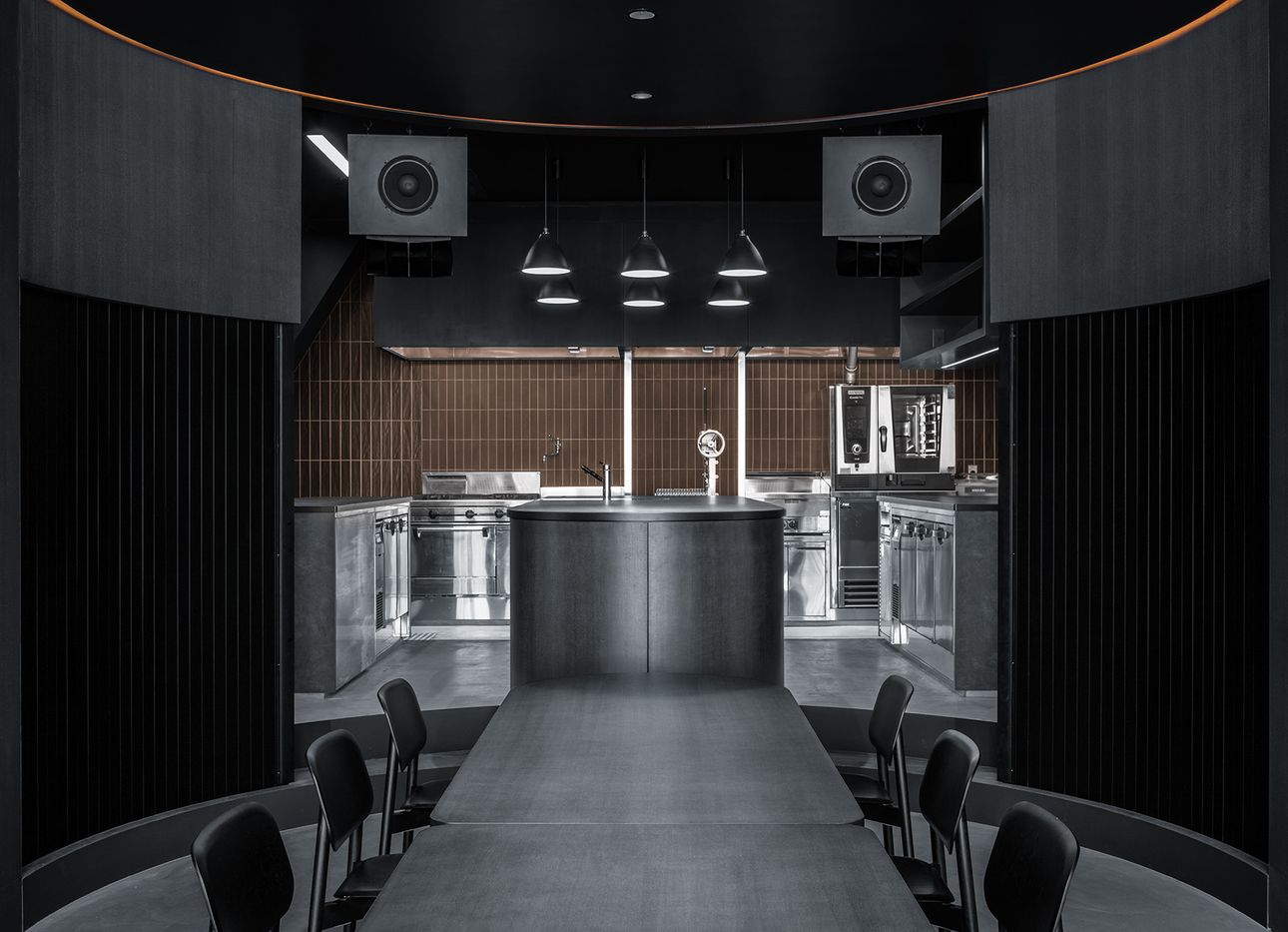
In Tokyo, Devon Turnbull’s Custom Audio System Delivers More Than Superlative Sound
Dominated by companies such as Sony, Sennheiser, and Bose, which leverage technology to make ever-smaller components, the global audio equipment market is expected to grow to an estimated $28.5 billion by the end of this year. On the flip side, there are proudly D.I.Y. audio designers like Devon Turnbull, who with his brand Ojas creates high-end sound systems from his basement and a studio near the Brooklyn Navy Yard. By hand-building speakers that resemble sculptural takes on the office water cooler, Turnbull has amassed a global following of serious audiophiles. At the end of 2019, his custom audio solutions for the Brooklyn club-café Public Records caught the ear of En One’s Masayuki Nishimoto. He sent Turnbull a WhatsApp message—“I love what you’re doing with sound”—followed by an invitation to Tokyo. Turnbull left the next day.
As co-founder of the streetwear label Nom de Guerre, Turnbull frequented Japan’s capital city, learning to appreciate its audio masters’ preference for low-power amps and high-efficiency speakers. His components follow a similar formula: “It’s about doing as little as possible to amplify the pure sound,” Turnbull says.
For Burnside, he and Nishimoto bonded over the opportunity to design a professional hi-fi listening system that offers the flexibility to play music in the background or make it the main event. The end result: two black and two white unassuming wall-mounted speakers. “I wanted to deliver a really textural sound without overpowering the space,” he says. Though he sings the praises of heritage Altec drivers and horns, and is an avid reader of vintage circuit schematics, Turnbull demurs when asked to reveal the specs of his bespoke work for the venue. “I intentionally use certain components that I know will make the sound more beautiful, but would be counterintuitive even to audiophiles,” he says.
Beyond delivering a superlative audio system, Turnbull is particularly proud of the cultural bridge his work facilitates. Jazz first came to Japan in the 1950s—mostly by vinyl, he says—and fostered a distinct and enduring listening bar scene. His Burnside contribution celebrates similar cross-cultural experiences.